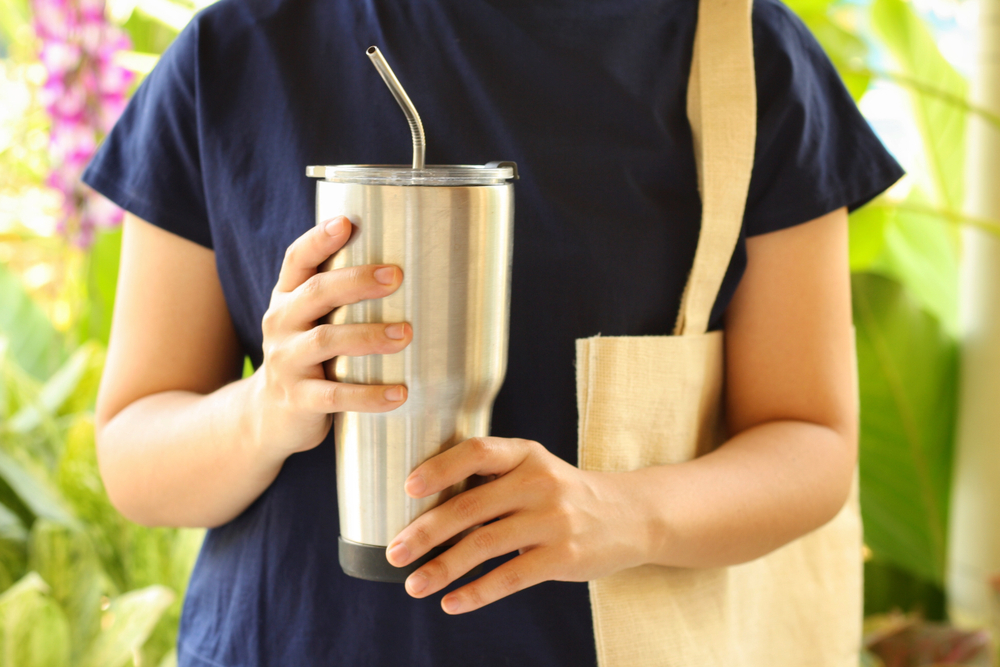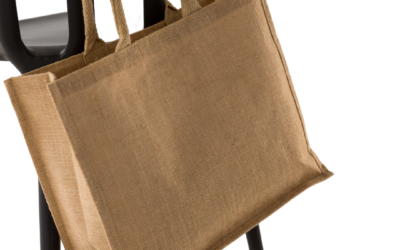Plastic finds its way into our daily lives more than we realize. Plastic consumption and disposal are so high that, according to the International Union for Conservation of Nature (IUCN), four out of five (80%) marine debris is plastic. By 2050, forecasts say all the plastic in the ocean will outweigh the fish that inhabit it. Indeed, plastic pollution is something that can’t be ignored.
Without proper action, plastic pollution poses a health crisis for oceans and human lives. Everyone needs to do their part in mitigating plastic pollution’s effects, starting with learning more about their plastic carbon footprint.
What is plastic carbon footprint?
Simply put, your plastic carbon footprint is how much plastic you use and dispose of in your daily lifestyle. This includes shampoo bottles, plastic wraps, plastic phone cases — anything plastic. But how do you know exactly how much plastic you use?
You can use a plastic footprint calculator, such as the one found on the Earth Day website to give you a clearer picture of just how big your plastic footprint currently is.
Why is plastic carbon footprint important?
Knowing your plastic carbon footprint translates to a more thorough understanding of your contribution to the overall plastic pollution on the planet.
The production of plastics causes more harm than its disposal since the former accounts for 96% of the carbon footprint of plastics. The problem is that plastic is always in high demand. According to the IUCN, over 300 million tons of plastic are produced yearly.
In addition, the Center for International Environmental Law (CIEL) reports that the production and incineration of plastics add more than 850 million metric tons of greenhouse gases to the atmosphere.
There’s also the problem of disposal. Plastics take centuries to decompose, around 450 years at conservative estimates. During this time, discarded plastics end up collecting in landfills, contributing to the world’s ever-growing waste problem.
Once you know how large your plastic footprint is, you can focus on learning how to reduce plastic waste in your lifestyle.
How to Reduce Plastic Waste
Reducing plastic waste can be simpler than you think. You could start by finding small areas in your lifestyle where you can use more sustainable materials in favor of those that are not.
Below are five ways you can start shrinking your plastic carbon footprint.
1. Buy a reusable water tumbler
There are around 50 billion water bottles sold in the U.S. yearly, roughly equivalent to about 13 water bottles per month for every person in the country. If you have a reusable water tumbler, you can significantly reduce the number of plastic water bottles you consume and dispose of.
2. Bring your own reusable tote bag when shopping
Multiple states across the U.S. have already banned using plastic bags. This means that you may need to shift to more sustainable options. But there’s a catch: not all reusable shopping bags are environmentally friendly.
So, look for alternatives to the usual reusable shopping bag. Some tote bags are made with sustainable materials to make them even more environmentally friendly. These are typically more durable and more breathable and last longer than regular shopping bags.
If you want more natural and earthy products, some sustainable tote bag materials you can look out for are hemp, jute, and bamboo.
Alternatively, you can buy recycled PET bags, which are still environmentally friendly despite their plastic component. Unlike other plastics, polyethylene terephthalate (PET) bags are 100% recyclable and completely reusable. They’re also upcycled from discarded plastic bottles, so they maximize the use of existing plastic products.
3. Refuse plastic straws, lids, cups, and cutlery
Meals to-go often come in plastic containers with non-biodegradable cutlery and straws. These typically end up in landfills or at sea once you dispose of them.
A more sustainable option for you is to buy a set of wooden cutlery, metal straws, and other reusable utensils. This practice lets you avoid single-use plastics.
Another option is that the next time you order drinks from your favorite café, try asking for cups that don’t come with plastic lids or straws.
4. Avoid cosmetic products with microplastics or microbeads
Some commercial product development cycles can result in tiny plastic particles known as microplastics and microbeads. These can also come from larger plastics when they start breaking down.
Studies estimate that personal care and cosmetic products (PCCPs) release over 37 billion microbeads into the environment every year via wastewater treatment plants. These microplastics and beads can carry contaminants once in the ocean. They can easily be ingested by fish, which could eventually make their way to your dining table the next time you have seafood for dinner.
To avoid this scenario, take a closer look at the ingredients of the cosmetic products you use. If they include microplastic ingredients — acrylates copolymer, butylene, carbomer, to name a few — it’s best to stay away from them.
5. Recycle plastics or bring them to a recycling center
If your lifestyle makes it challenging to get away from consuming plastics, you could at least try minimizing how much is thrown out. Reusing plastic items is an easy way to reduce your plastic footprint. However, not all plastics are safe to be reused or recycled.
Plastic packaging typically comes with a code written inside the chasing arrows symbol. These codes range from 1 to 7 and designate the type of plastic used to make the product. Below are the codes and their corresponding meanings.
- Polyethylene terephthalate (PET or PETE)
- High-density polyethylene (HDPE)
- Polyvinyl chloride (PVC)
- Low-density polyethylene (LDPE)
- Polypropylene (PP)
- Polystyrene (PS)
- Other
Items with codes 1 and 2 are recyclable if you wash them before reuse. The rest of the codes may contain micro-materials that are harmful once ingested. In these cases, dropping off the plastic at your nearest plastic recycling center would be a better option. The centers will find a better way to reuse these plastics safely.
Take a Real Step to Reduce Your Plastic Footprint
Reducing plastic pollution is everyone’s responsibility. Minor lifestyle adjustments can help mitigate the effects of plastic pollution. But making a difference takes more than one person.
Retailers and corporations also play a critical role in protecting the environment. Choosing and supporting environmentally conscious brands can help significantly reduce the planet’s plastic carbon footprint.
If you’re a retailer or the head of a corporation who’s looking to reduce their plastic consumption, check out Oceos Packaging. We offer reusable shopping bags made of sustainable materials, such as recycled PET, jute, and hemp. Our products are customizable as well, so you can have your logo and brand name printed on each bag.
Contact Oceos today to get an estimate.




